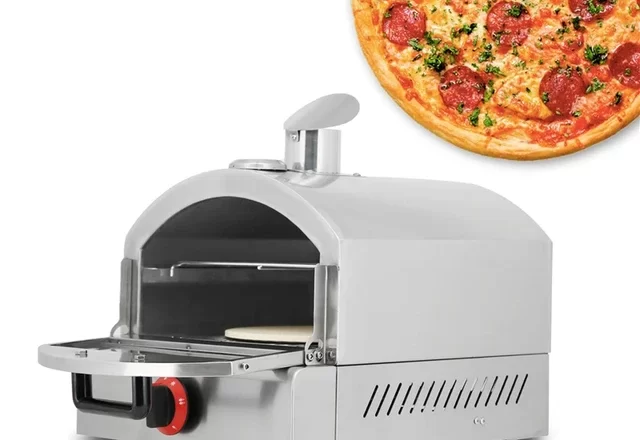Introduction:
Pizza is a beloved culinary delight enjoyed by people around the world. While it is possible to bake a pizza in a regular oven, a dedicated pizza oven offers distinct advantages that set it apart. Pizza ovens are specifically designed to create the perfect environment for baking pizzas, resulting in a unique and delicious final product. In this article, we will explore the key differences between a pizza oven and a regular oven. From heat source and temperature control to cooking time and versatility, we will discuss the factors that make a pizza oven an exceptional tool for creating exceptional pizzas.
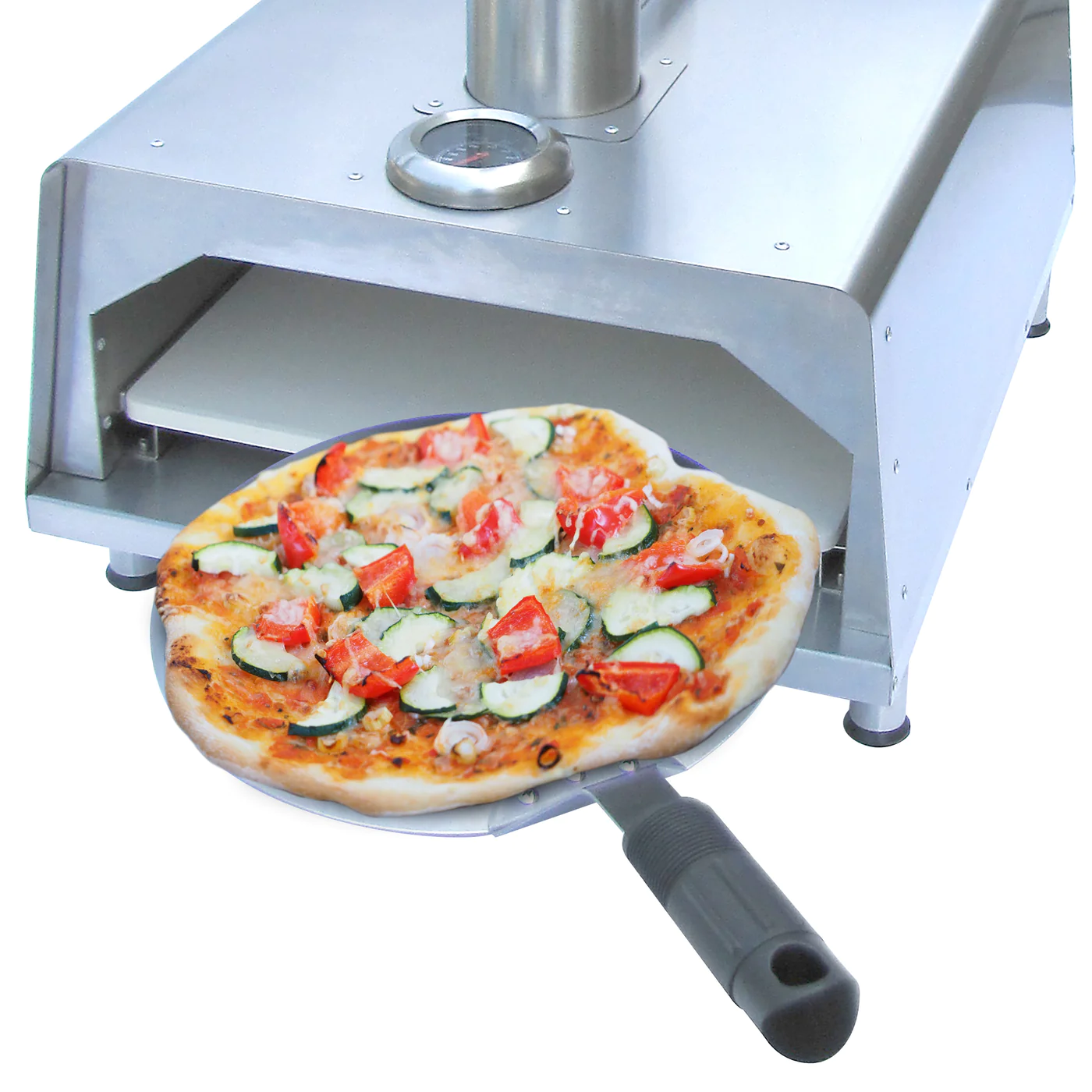
How is a pizza oven different from a regular oven?
Heat Source:
a. Pizza Oven: One of the primary differences between a pizza oven and a regular oven is the heat source. Pizza ovens traditionally use wood-fired or gas-fired heat sources. Wood-fired ovens impart a distinct smoky flavor and create a unique crust texture, while gas-fired ovens offer convenience and precise temperature control.
b. Regular Oven: Regular ovens typically use electric or gas heat sources. Electric ovens rely on heating elements, while gas ovens use a gas flame. The heat source in a regular oven is not specifically designed for pizza baking and lacks the unique characteristics of a pizza oven.
Temperature Control:
a. Pizza Oven: Pizza ovens excel in temperature control, allowing you to achieve high temperatures necessary for baking perfect pizzas. Wood-fired pizza ovens can reach temperatures of 800°F (427°C) or higher, while gas-fired pizza ovens can provide precise temperature control in the range of 500-700°F (260-371°C).
b. Regular Oven: Regular ovens typically have a maximum temperature range of 500°F (260°C) or lower. While some regular ovens offer high-temperature settings, they may not match the extreme temperatures achieved by dedicated pizza ovens.
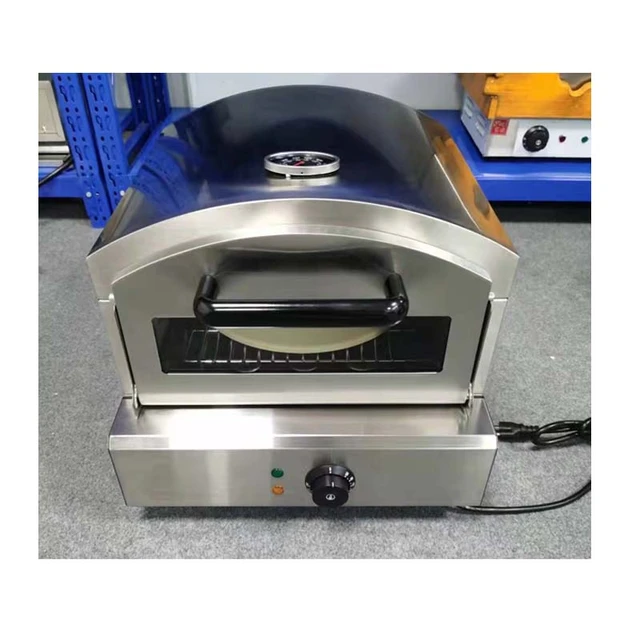
Cooking Surface:
a. Pizza Oven: Pizza ovens often feature a specialized cooking surface, such as a stone or brick surface. These surfaces have excellent heat retention properties and distribute heat evenly, resulting in a crispy and evenly cooked crust.
b. Regular Oven: Regular ovens typically have a metal cooking surface or oven racks. While these surfaces can produce satisfactory results, they may not offer the same heat retention and even heat distribution as a specialized pizza oven surface.
Cooking Time:
a. Pizza Oven: The high temperatures achieved by pizza ovens allow pizzas to cook quickly. In a properly heated pizza oven, a pizza can cook in just a few minutes, resulting in a perfectly charred and crispy crust while keeping the toppings juicy and flavorful.
b. Regular Oven: Regular ovens often require longer cooking times for pizzas. The lower maximum temperatures and different heat distribution may result in longer cooking times, potentially affecting the texture and overall quality of the pizza.
Versatility:
a. Pizza Oven: While pizza ovens are primarily designed for baking pizzas, they offer versatility in cooking other foods as well. With their high temperatures, pizza ovens are excellent for cooking other dishes that require quick and intense heat, such as roasted vegetables, meats, and bread.
b. Regular Oven: Regular ovens offer more versatility in terms of cooking various types of foods. They can accommodate a wide range of dishes, from baking cakes and cookies to roasting meats and casseroles. Regular ovens provide consistent and reliable performance for various cooking needs.
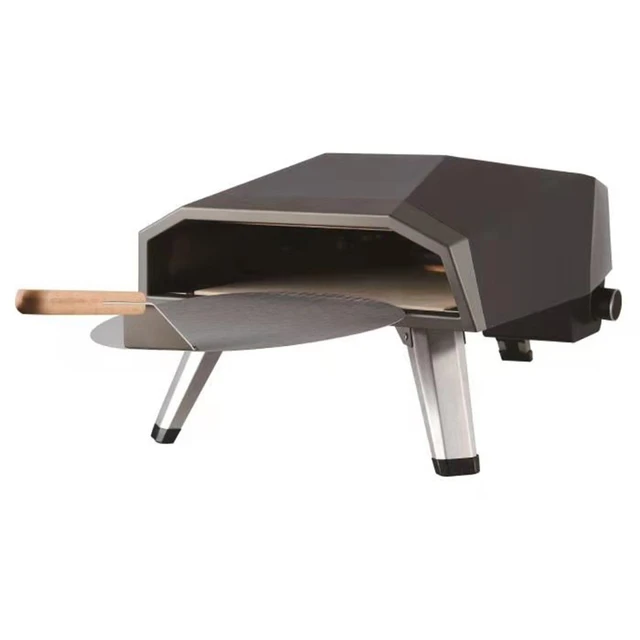
Flavor and Texture:
a. Pizza Oven: The unique characteristics of a pizza oven, such as the high temperatures and specialized cooking surfaces, contribute to the distinct flavor and texture of pizzas. The quick cooking process and intense heat create a crispy, slightly charred crust and perfectly melted toppings.
b. Regular Oven: While regular ovens can produce delicious pizzas, they may not achieve the same level of flavor and texture as a dedicated pizza oven. The different heat distribution and cooking times may result in a different crust texture and overall taste.
Outdoor vs. Indoor Use:
a. Pizza Oven: Many pizza ovens are designed for outdoor use, allowing for a traditional and enjoyable outdoor cooking experience. Wood-fired pizza ovens, in particular, create a cozy and intimate ambiance, making them popular choices for outdoor entertaining.
b. Regular Oven: Regular ovens are typically installed indoors as part of the kitchen appliance suite. They are designed for indoor use and are integrated with other cooking and baking appliances.
Cost:
a. Pizza Oven: Dedicated pizza ovens, especially high-quality wood-fired models, can be expensive, particularly if they are made from premium materials or offer advanced features. The cost of a pizza oven can vary depending on the size, fuel type, and brand.
b. Regular Oven: Regular ovens are commonly found in most kitchens and are available at various price points to suit different budgets. They are generally more affordable than dedicated pizza ovens.
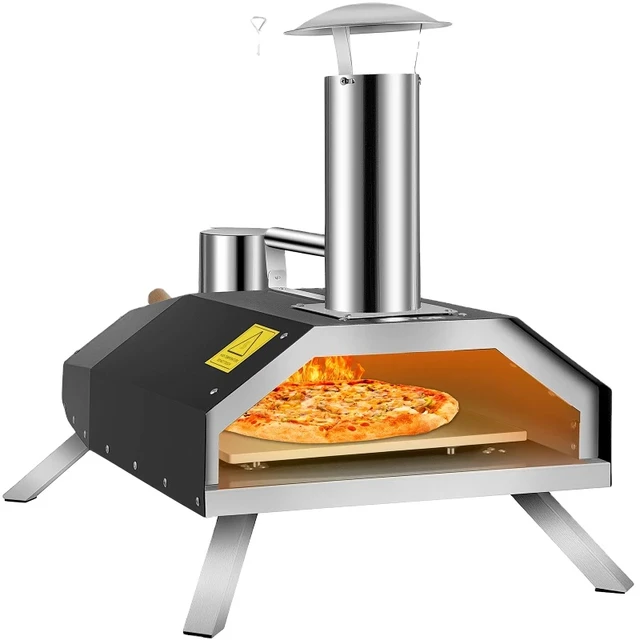
Maintenance:
a. Pizza Oven: Pizza ovens, especially wood-fired models, require regular maintenance and cleaning. Ash and debris must be removed, and the oven’s interior should be periodically brushed or scraped to keep it clean and efficient. Gas-fired pizza ovens may require routine checks and maintenance of gas lines and burners.
b. Regular Oven: Regular ovens also require regular cleaning and maintenance to ensure optimal performance. Cleaning the oven interior, replacing filters, and checking the oven’s components are necessary to keep the oven in good working condition.
Choosing the Right Oven for Your Needs:
a. Pizza Enthusiasts: If you are a passionate pizza enthusiast who enjoys making homemade pizzas regularly, investing in a dedicated pizza oven can elevate your pizza-making experience. The unique flavors, textures, and quick cooking times achieved by a pizza oven can enhance the quality of your pizzas.
b. Versatility and Convenience: If you prioritize versatility and convenience in your cooking, a regular oven may be a better choice. Regular ovens offer a wide range of cooking capabilities beyond pizzas, allowing you to bake, roast, broil, and prepare a variety of dishes with consistent results.
c. Space Considerations: Consider the available space in your kitchen or outdoor area when deciding between a pizza oven and a regular oven. Pizza ovens, especially larger wood-fired models, require additional space and proper ventilation. Regular ovens are typically built-in or freestanding units that are designed to fit seamlessly into standard kitchen configurations.
d. Budget: The cost of a pizza oven versus a regular oven is an important factor to consider. Pizza ovens, particularly high-quality wood-fired models, can be more expensive due to their specialized design and materials. Regular ovens are generally more affordable and come in a range of price points to suit different budgets.
e. Lifestyle and Cooking Habits: Your lifestyle and cooking habits also play a role in determining the best oven for your needs. If you enjoy outdoor cooking and entertaining, a pizza oven can provide a unique and enjoyable experience. If you prefer the convenience and versatility of indoor cooking, a regular oven may be a better fit.
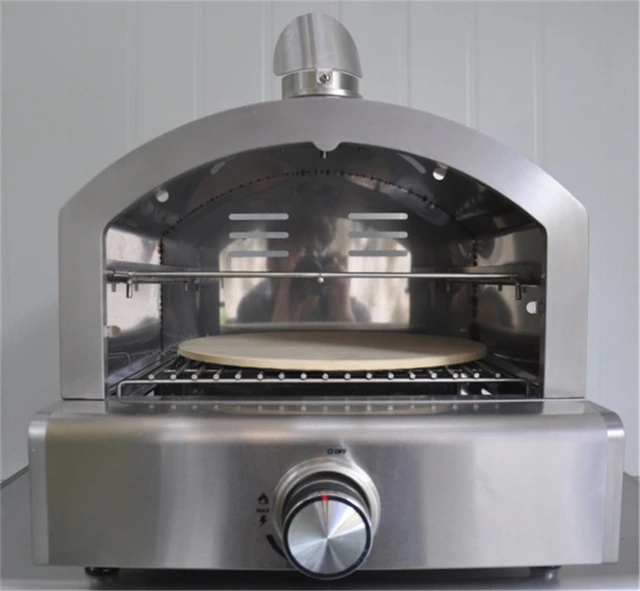
Conclusion:
A pizza oven differs from a regular oven in terms of heat source, temperature control, cooking surface, cooking time, versatility, flavor, and texture. Pizza ovens, whether wood-fired or gas-fired, provide the high temperatures and specialized cooking surfaces needed to create the perfect pizza crust. They offer unique flavors and textures that are difficult to replicate in a regular oven. However, regular ovens provide more versatility for various cooking needs and are a familiar and convenient option for everyday cooking. Consider your specific culinary preferences, budget, and space limitations when deciding whether to invest in a dedicated pizza oven or continue using a regular oven for your pizza baking endeavors.

